1. Phoebe Cates
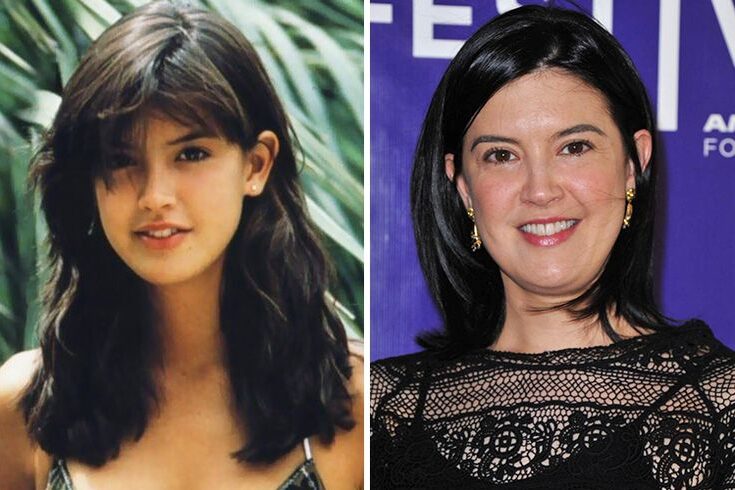
Phoebe Cates became an instant icon in the early 1980s, but her fame was rooted in the late 1970s modeling scene, where her fresh-faced beauty and effortless charm caught Hollywood’s attention. By the time she delivered her unforgettable scene in Fast Times at Ridgemont High, she was already being dubbed the ultimate teen dream. She followed with roles in Gremlins and Drop Dead Fred, and by the early ’90s, she had the kind of stardom most actresses only dream about.
Then, just as her career was hitting its stride, Phoebe walked away. After marrying actor Kevin Kline in 1989, she gradually stepped away from acting to focus on raising their two children. While Kline continued working, Phoebe stayed home, reportedly wanting a stable life far from Hollywood’s chaos. Aside from a brief voice cameo and one indie film, she’s remained happily retired. Today, she runs a boutique in New York City and seems perfectly content with the grounded life she chose.
2. Tony DeFranco
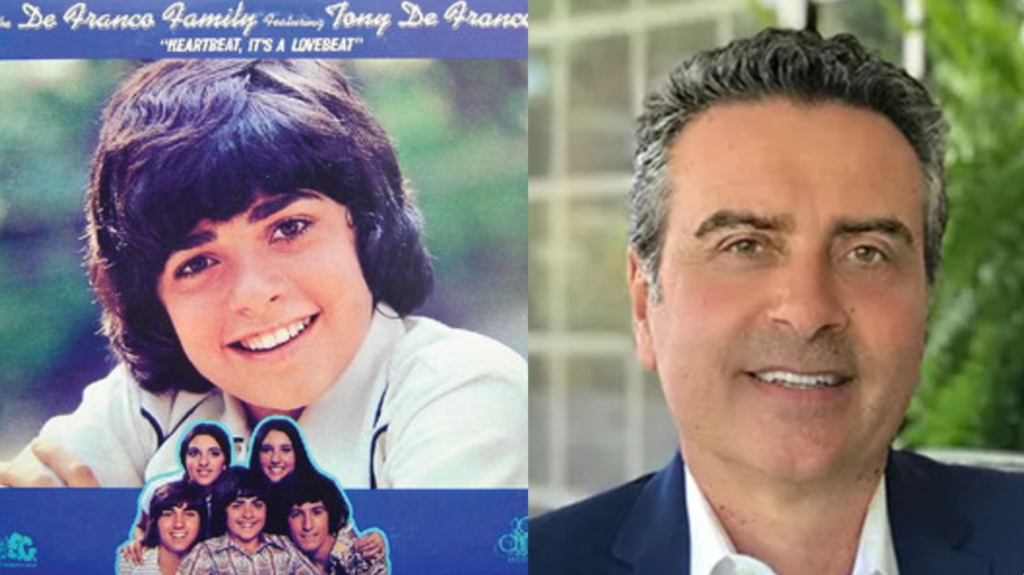
Tony DeFranco was barely a teenager when his family band, The DeFranco Family, shot to fame in the early 1970s with the bubblegum pop hit “Heartbeat, It’s a Lovebeat.” With his mop of dark hair and boyish smile, Tony became a poster on countless bedroom walls. Their music struck a chord with preteen audiences, and for a brief moment, Tony was in the same conversation as David Cassidy and Donny Osmond. The DeFrancos made TV appearances, graced magazine covers, and rode a wave of popularity that felt unstoppable.
But by the mid-70s, that momentum had already slowed. Musical tastes changed, and the family’s success faded almost as quickly as it arrived. Rather than cling to celebrity, Tony embraced a new direction. He became a successful real estate agent in California, working in luxury properties and building a reputation far from the stage. Though he occasionally reflects on his time in the spotlight, Tony found satisfaction in a quieter kind of success.
3. Barbi Benton
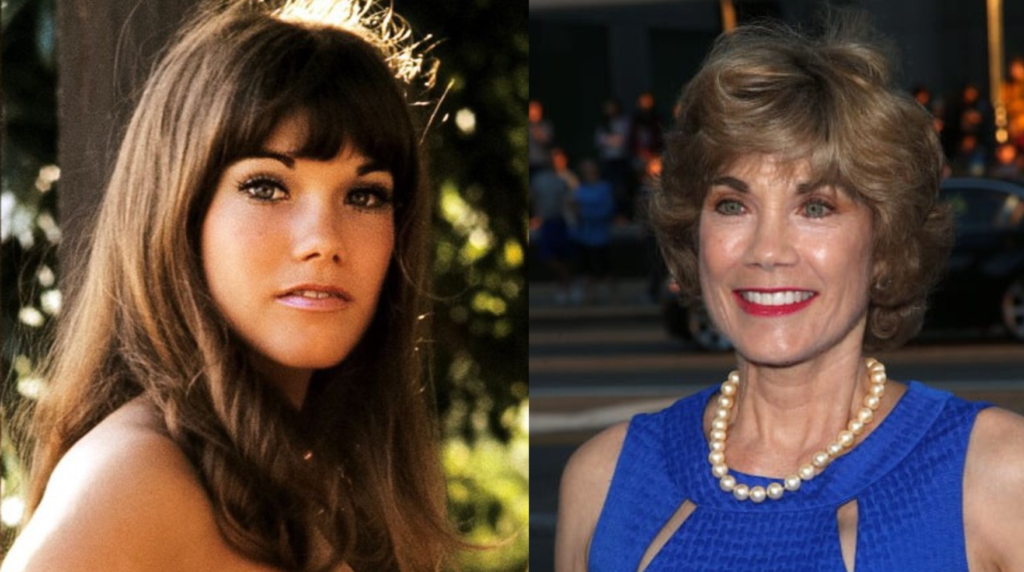
Barbi Benton was a familiar face on television in the 1970s, best known for her role on Hee Haw and frequent appearances on The Love Boat and Fantasy Island. A model, actress, and singer, she embodied the glamorous girl-next-door image that defined the era. Much of her public attention also came from her high-profile relationship with Hugh Hefner. As his longtime girlfriend and frequent Playboy cover star, she was central to the Playboy world.
Despite the fame, Barbi always seemed to have one foot outside the industry. After their relationship ended and her acting career began to slow in the early 1980s, she stepped back from the spotlight. She married real estate developer George Gradow, started a family, and moved to a sprawling ranch in Colorado. There, she embraced a peaceful life surrounded by animals and nature. Her departure was quiet, but intentional.
4. Tatum O’Neal
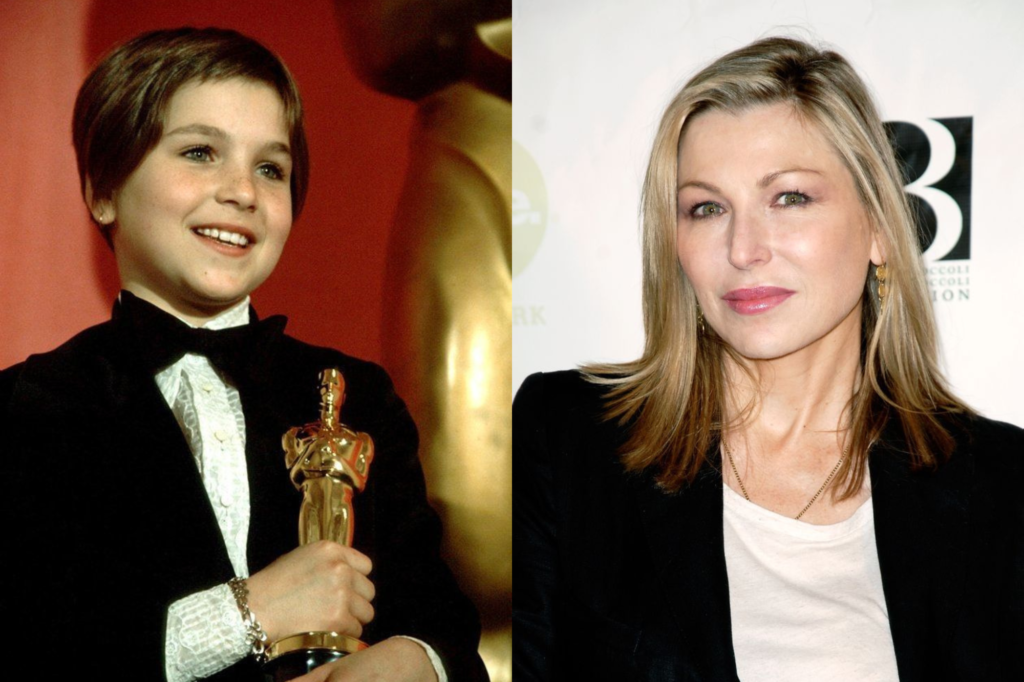
Tatum O’Neal made history in 1974 when, at just 10 years old, she became the youngest person ever to win an Academy Award. Her performance in Paper Moon, alongside her father Ryan O’Neal, turned her into a household name and a symbol of raw, precocious talent. She followed with high-profile roles in The Bad News Bears and International Velvet, proving she wasn’t just a one-hit wonder. But behind the scenes, her childhood was far from easy.
As she grew older, personal struggles began to eclipse her acting. She battled addiction for decades, endured a difficult and very public divorce, and had a strained relationship with her father. Though she never formally quit acting, her appearances became fewer and more spaced out. Instead, she focused on recovery, wrote a memoir, and rebuilt her life away from the public eye. Her retreat was less about disappearing and more about survival.
5. David Soul
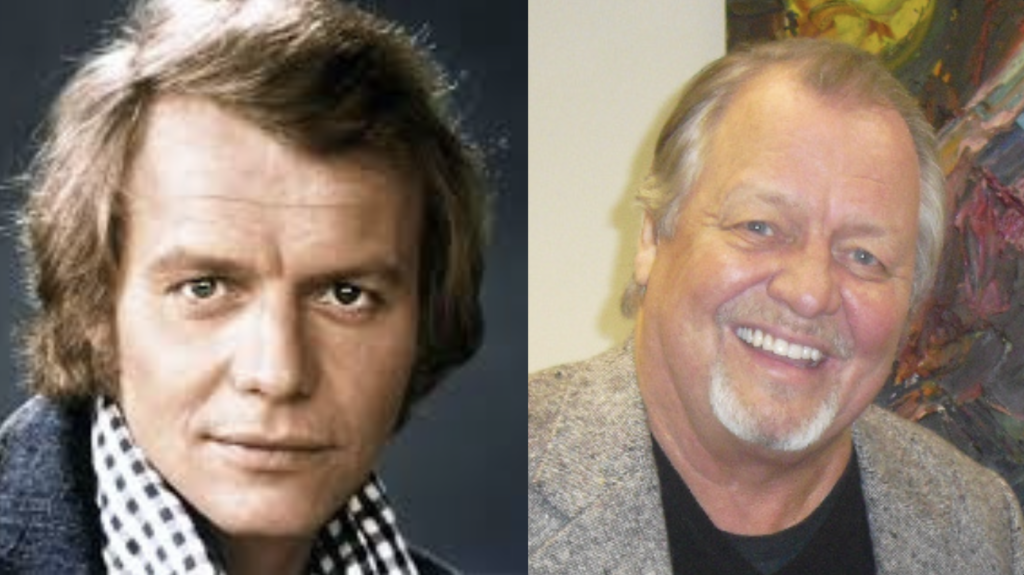
David Soul became a television sensation in the 1970s as Detective Ken “Hutch” Hutchinson on Starsky & Hutch, a show that helped define cool for a generation. With his easygoing charm and piercing blue eyes, he was a heartthrob and a legitimate pop star. His single “Don’t Give Up on Us” hit number one, making him one of the few TV actors of the era to cross over into music. For a while, it seemed like David Soul could do it all.
But as the series ended and the spotlight dimmed, he moved on. Soul relocated to the United Kingdom, where he focused on theater and smaller, more personal projects. Unlike many peers, he didn’t chase a big comeback. Instead, he embraced a slower pace, choosing privacy and creative freedom over public attention. While fans still recognize him fondly, Soul quietly built a life far removed from his 1970s heyday.
6. Susan Dey
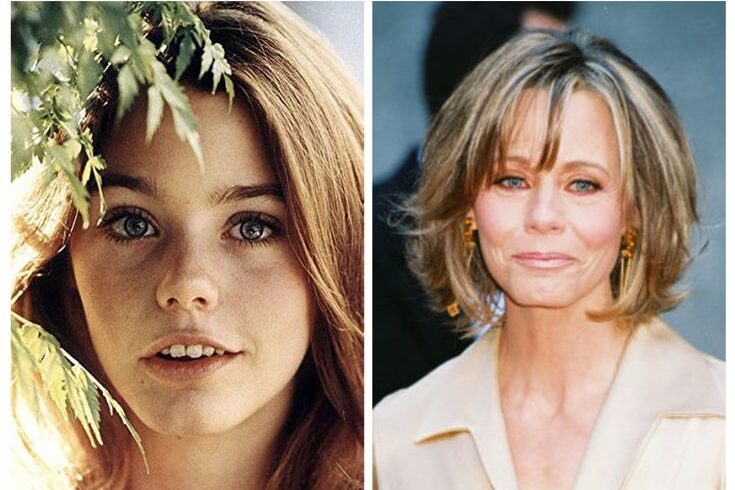
Susan Dey rose to fame as Laurie Partridge on The Partridge Family, a sitcom that became a cultural touchstone of the early 1970s. With her sleek hair and thoughtful eyes, she was a standout on teen magazine covers and a favorite among fans. After the show ended, Dey surprised critics by transitioning into dramatic roles, most notably as Grace Van Owen on L.A. Law, earning a Golden Globe and multiple Emmy nominations.
But after years in the public eye, Dey gradually removed herself from the spotlight. Her last on-screen role was in the early 2000s, and she hasn’t appeared publicly since. She declined reunion specials and fan events, choosing instead to lead a private life focused on family. Her exit wasn’t marked by scandal or burnout—just a deliberate decision to move on from fame.
7. Erik Estrada
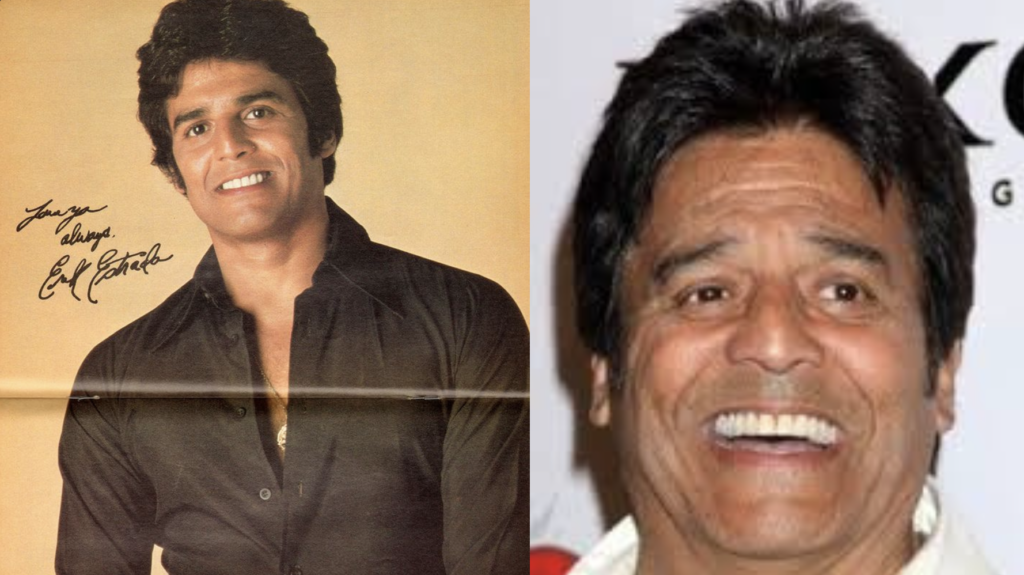
In the late 1970s, Erik Estrada became a household name as Officer Frank “Ponch” Poncherello on CHiPs. With his wide smile and undeniable charm, he quickly became a pop culture icon. The show’s success made him a fixture of television and opened doors to talk shows, commercials, and a brief stint in music. For a while, Estrada was one of the most recognized faces on television.
But after the series ended, he took a different path. Estrada pursued a career in law enforcement, becoming a reserve police officer in several cities, including in Idaho and Indiana. He continued to make occasional TV appearances, but his primary focus shifted to community service. His real-life public safety work gave new depth to the role he once played on screen.
8. Penny Marshall
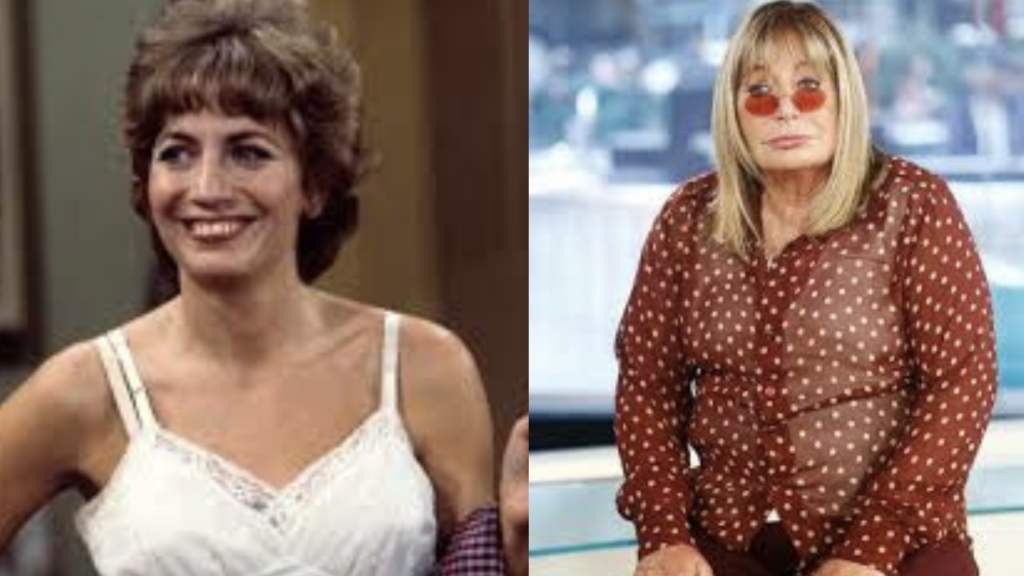
Penny Marshall was already a television favorite as Laverne DeFazio on Laverne & Shirley, one of the most beloved sitcoms of the 1970s. Her physical comedy, tough-but-sweet demeanor, and signature “L” sweaters made her a standout in a decade full of unforgettable TV characters. But behind the scenes, Marshall had ambitions beyond acting. She made history by directing films like Big, Awakenings, and A League of Their Own.
After directing several hits, she stepped back from the industry. Marshall made a few guest appearances and took on occasional projects, but she largely avoided the spotlight. She focused on personal health, family, and close friendships. While she left behind a remarkable body of work, she never seemed driven by a need to stay visible. Her legacy was already sealed.
9. Lee Majors
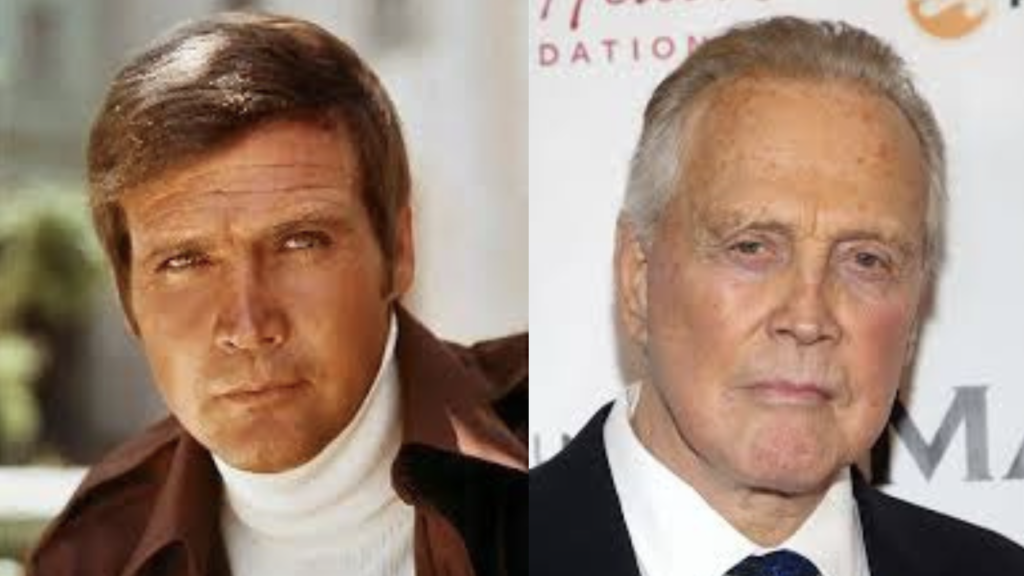
Lee Majors became a television superstar as Steve Austin in The Six Million Dollar Man, a role that turned him into a sci-fi action hero for the ages. With his cool demeanor and stoic confidence, he became a fixture of 1970s pop culture. He followed up with The Fall Guy, further cementing his status as a dependable lead and small-screen icon.
But after his peak, Majors slowly faded from the mainstream. He didn’t quit acting entirely, but he chose roles more selectively and focused on his personal life. Rather than chase a second wave of stardom, he embraced a lower-profile lifestyle with his wife, Faith. While his face still pops up from time to time, Majors has found satisfaction in staying largely out of the public eye.
10. Shelley Long

Shelley Long was America’s sweetheart in the 1980s thanks to her role as Diane Chambers on Cheers. With her crisp delivery and theatrical flair, she brought intelligence and depth to a role that could’ve been one-dimensional—and won an Emmy in the process. Her chemistry with Ted Danson helped turn Cheers into one of the most beloved sitcoms in TV history.
But just as the show was reaching new heights, Long made a controversial decision: she left. Critics speculated, but Long said she wanted to pursue film roles and spend more time with her young daughter. She starred in movies like The Money Pit and Troop Beverly Hills, but never quite matched her Cheers success. Over time, she stopped chasing stardom. While she’s made occasional guest appearances, including a recurring role on Modern Family, she’s lived mostly out of the spotlight—by choice, not circumstance.
11. Shelley Duvall
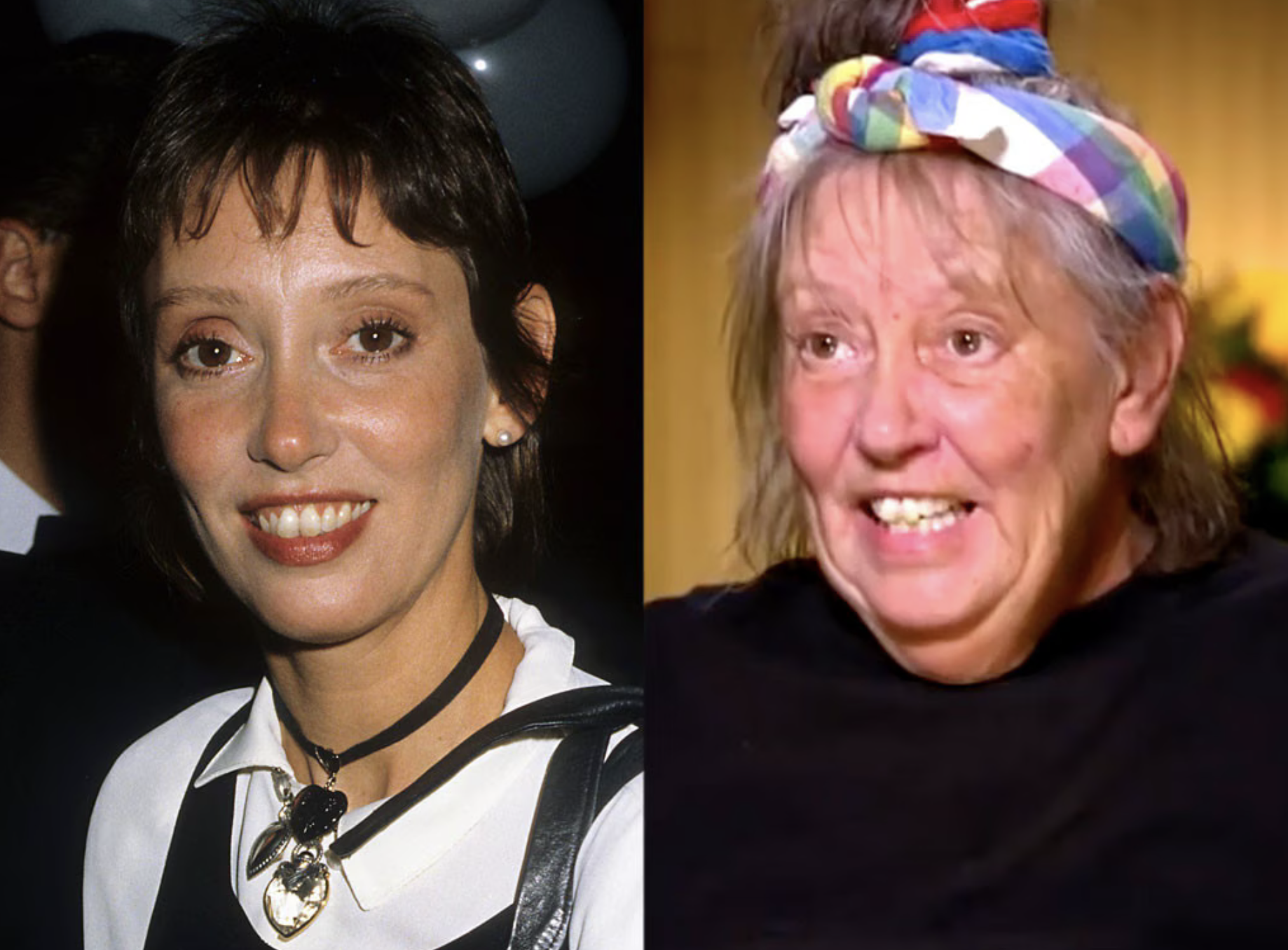
Shelley Duvall was one of the most distinctive actresses of her time, known for her collaborations with director Robert Altman and her unforgettable performance in The Shining. With her wide eyes and offbeat energy, she brought an unusual and compelling presence to the screen. Films like 3 Women, Popeye, and Time Bandits further established her as a one-of-a-kind talent.
But after years of acclaim, Duvall vanished from Hollywood. She moved to rural Texas in the 1990s and retreated from the industry almost entirely. Over the years, concern for her well-being surfaced, but she remained largely private. Though she recently began reappearing in film, her long absence marked one of the most quietly dramatic exits in showbiz history.
12. Rick Moranis
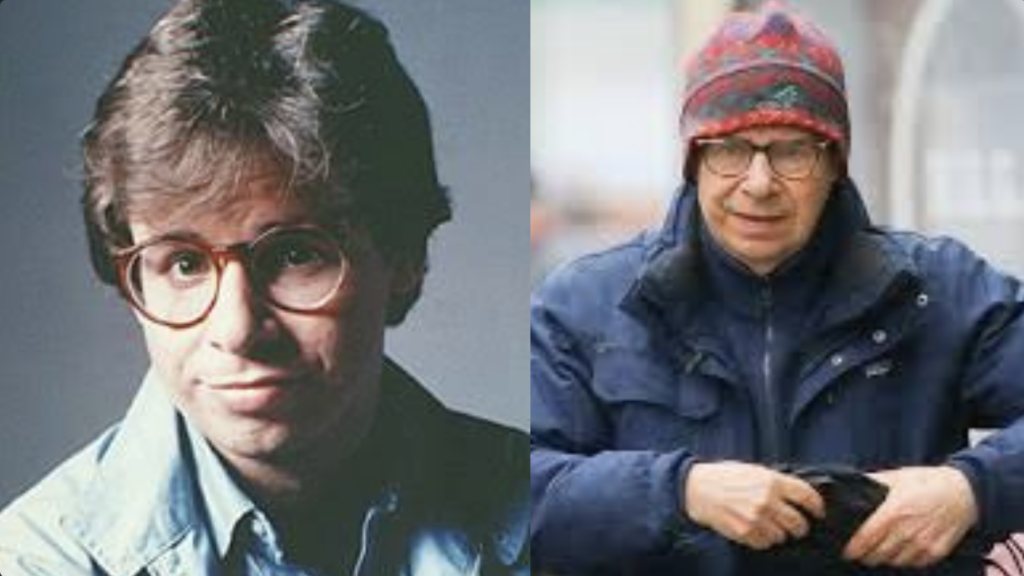
Rick Moranis got his start in the late 1970s on SCTV and became a star in the 1980s with films like Ghostbusters, Honey, I Shrunk the Kids, and Spaceballs. His nerdy charm and clever timing made him one of the most beloved comedic actors of his time. At the height of his career, he was headlining major films and turning in memorable performances.
But after his wife passed away in 1991, Moranis made a profound decision. He stepped away from acting to raise their two children and never made a big announcement about it. He declined film roles and focused on being a full-time father. While he’s returned for a few small projects in recent years, his choice to walk away at the height of his career remains one of Hollywood’s most admirable exits.
13. Debbie Boone
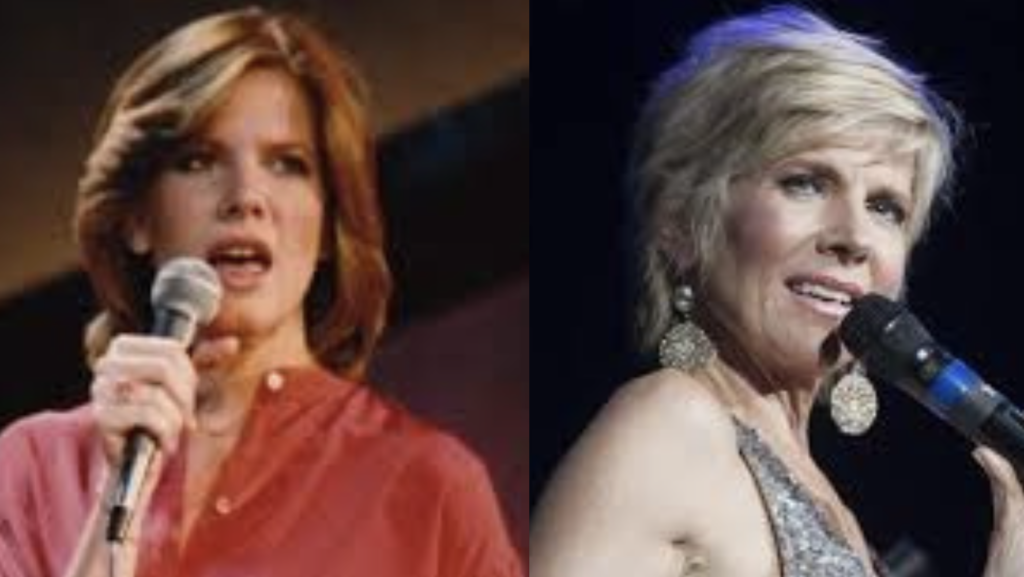
Debbie Boone soared to fame in 1977 with her hit “You Light Up My Life,” which spent ten weeks at number one and earned her a Grammy. As the daughter of singer Pat Boone, she seemed destined for stardom, and for a time, she was a pop culture darling. She performed on television, toured extensively, and explored acting and musical theater.
But instead of chasing the next chart-topper, Boone shifted her focus. She moved into Christian music and became a bestselling author, writing books about motherhood and faith. While she continued to perform occasionally, she largely stepped away from the entertainment industry. Boone’s path became less about fame and more about purpose.
14. Michael Schoeffling
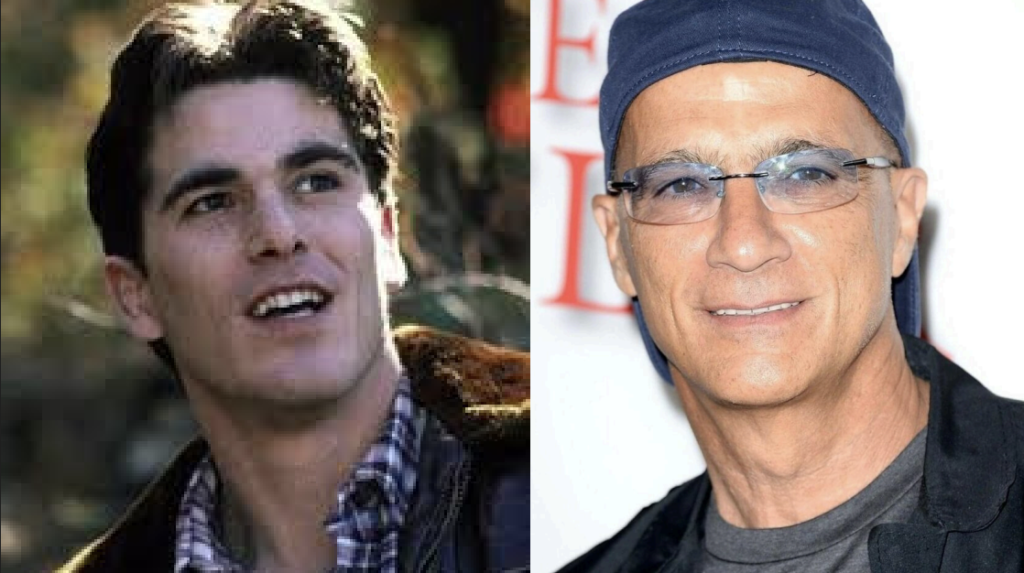
Michael Schoeffling may not have had a long list of film credits, but one role made him unforgettable: Jake Ryan in Sixteen Candles. With that dreamy smile and stoic sensitivity, he became the crush of an entire generation. Before his breakout role, Schoeffling modeled and wrestled competitively, quietly carving a path toward Hollywood. But fame didn’t sit comfortably with him, and his acting career ended as quickly as it began.
By the early 1990s, Schoeffling had walked away from the industry entirely. He moved to Pennsylvania with his family and started a handcrafted furniture business, trading movie sets for sawdust and measuring tape. He never gave a tell-all interview or clung to nostalgia. In fact, fans only hear about him through the occasional sighting or when his daughter, model Scarlett Schoeffling, mentions him. His disappearance from Hollywood wasn’t fueled by scandal or burnout; it was a conscious step toward a simpler, more grounded life.
15. Jan-Michael Vincent
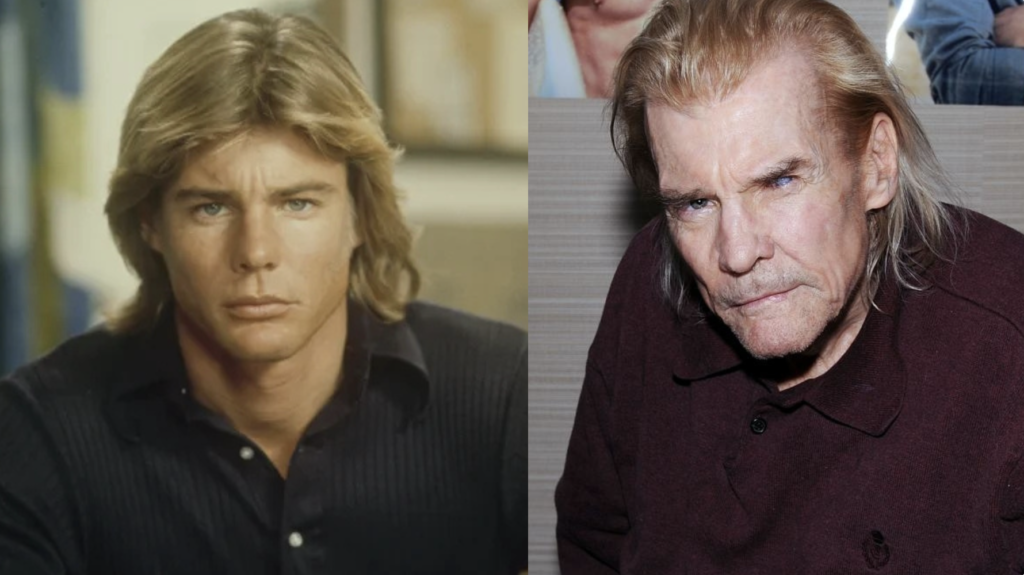
Jan-Michael Vincent was once considered one of the most promising young actors in Hollywood. With roles in Big Wednesday, The Mechanic, and the television series Airwolf, he had the looks, talent, and momentum of a major leading man. In the 1970s, he was everywhere—his brooding presence and rebellious edge making him a favorite among directors and fans alike. But while the camera loved him, life behind the scenes was unraveling.
Vincent battled substance abuse for much of his career, and those struggles eventually took a toll on his reputation and work. By the late 1980s, roles had dried up, and his health began to decline. His final years were marked by personal challenges and health complications that left him nearly unrecognizable from his youthful peak. Though he never formally announced his retirement, Hollywood quietly moved on. His story is a sobering reminder that talent doesn’t always win out, especially when demons go unchecked.
16. Bridget Fonda
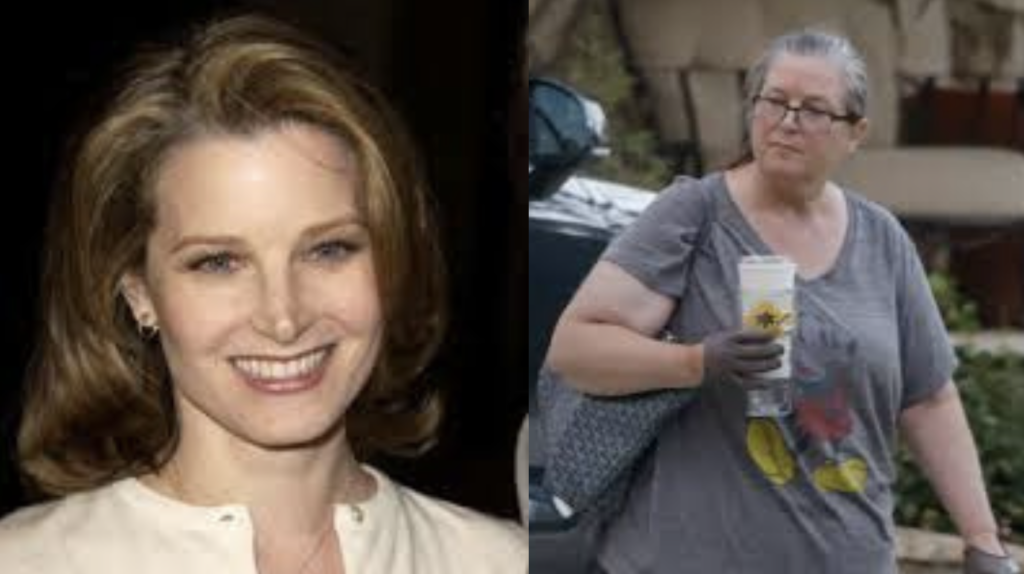
Bridget Fonda seemed to have it all—talent, pedigree, and a string of memorable roles in the 1990s. The daughter of Peter Fonda and niece of Jane Fonda, she brought a grounded intensity to films like Singles, Point of No Return, and Jackie Brown. She wasn’t just another famous name; she carved her own path with thoughtful performances that hinted at a long, successful career ahead.
But after a car accident in 2003 and her marriage to composer Danny Elfman, Fonda quietly stepped away from Hollywood. She never made a formal statement or staged a farewell project. Instead, she simply stopped appearing on screen. In rare interviews, she has stated clearly that she’s not interested in returning to acting. Her exit, while subtle, has remained firm. Fonda chose a life of privacy and family over fame, and decades later, she’s never wavered on that choice.n family life, not fame.
17. Johnny Whitaker
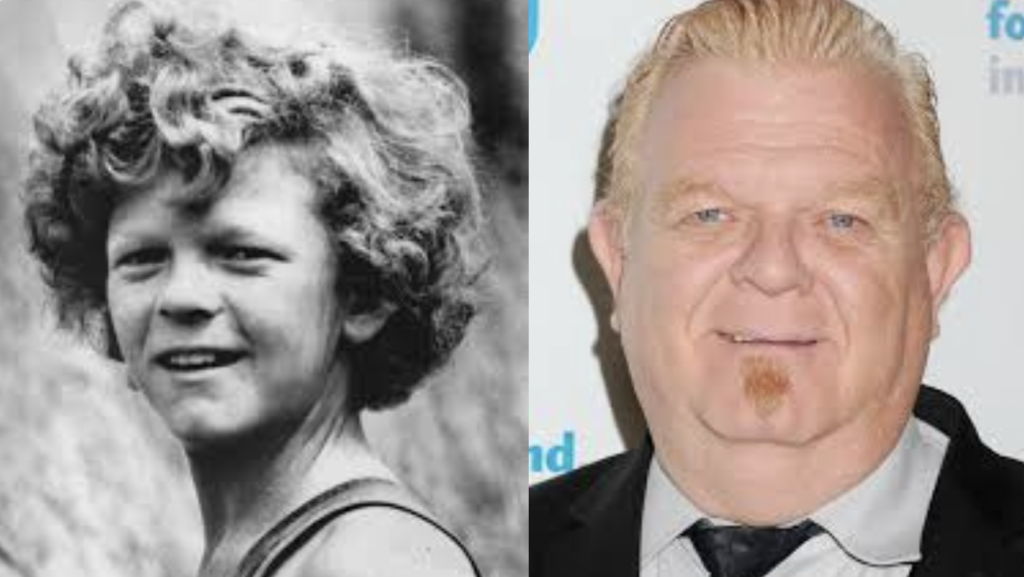
Johnny Whitaker was one of the most recognizable child actors of the late 1960s and early 1970s. With his bright red hair and wholesome charm, he starred in beloved roles such as Jody on Family Affair, the title role in Tom Sawyer, and appearances on Sigmund and the Sea Monsters. He was everywhere, and for a while, it seemed like he would make the rare leap from child star to adult success. But as he entered adolescence, the offers slowed and the transition proved difficult. The sudden loss of the spotlight took a toll, both emotionally and financially.
Whitaker struggled with addiction through much of his early adulthood, eventually hitting rock bottom before finding a path to recovery. He got clean in the 1990s and reinvented himself not as a comeback actor, but as a drug counselor, using his own story to help others find hope. He also became involved with faith-based outreach and occasionally appears at nostalgic fan events or interviews reflecting on his career. Though he left acting behind, Whitaker built a second life rooted in service and personal growth. His journey from child fame to quiet fulfillment is one of resilience—and redemption.
18. Joe Namath
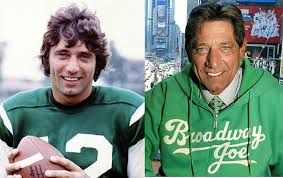
Joe Namath may have made his name on the football field, but by the 1970s, he was as much a showbiz icon as he was a sports legend. Known as “Broadway Joe,” he lit up commercials, talk shows, and even dipped into acting with film and TV roles like The Waverly Wonders and guest spots on The Brady Bunch Hour. His charm and swagger made him a crossover star in a way few athletes had managed before. He wasn’t just winning games—he was shaping pop culture.
But after retiring from the NFL in the late 1970s, Namath’s foray into acting gradually fizzled. While he could have pursued full-time celebrity status, he opted for a slower pace and something more meaningful. He took on occasional broadcasting duties, spent more time with family, and became an advocate for concussion research and health awareness. Though he remains a recognizable figure in sports circles, Namath never pursued a major second act in Hollywood. His decision to quietly back away from the limelight only solidified his reputation as a man who knew when to play and when to step off the field.
19. Beverly D’Angelo
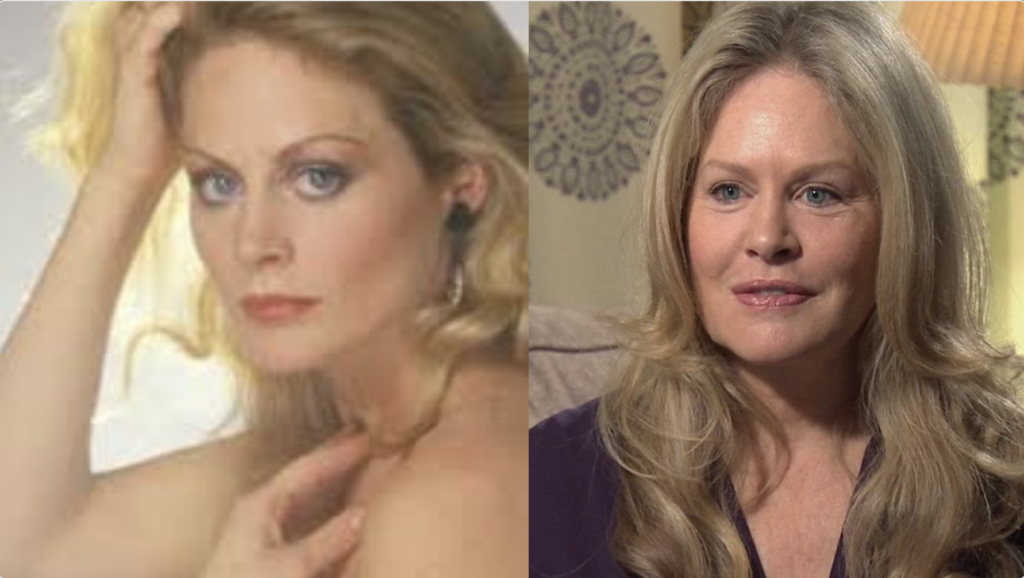
Beverly D’Angelo began turning heads in the late 1970s with performances in Hair and Coal Miner’s Daughter, showing off both her acting chops and singing ability. But it was her role as Ellen Griswold in National Lampoon’s Vacation that made her a household name. She balanced comic timing with genuine warmth, making her the ultimate onscreen mom of the 1980s. D’Angelo’s filmography was extensive, and she kept busy with TV movies, stage work, and supporting roles well into the 1990s.
However, by the early 2000s, she began to step back from Hollywood after having twins with longtime partner Al Pacino. While she never formally retired, D’Angelo made fewer screen appearances and prioritized family life and more personal creative projects. She’s appeared in occasional roles, but she no longer courts the spotlight the way she once did. Her transition was subtle, not dramatic—proof that not every career has to burn out or fade away. Some simply shift focus to what matters most.
20. Lori Saunders
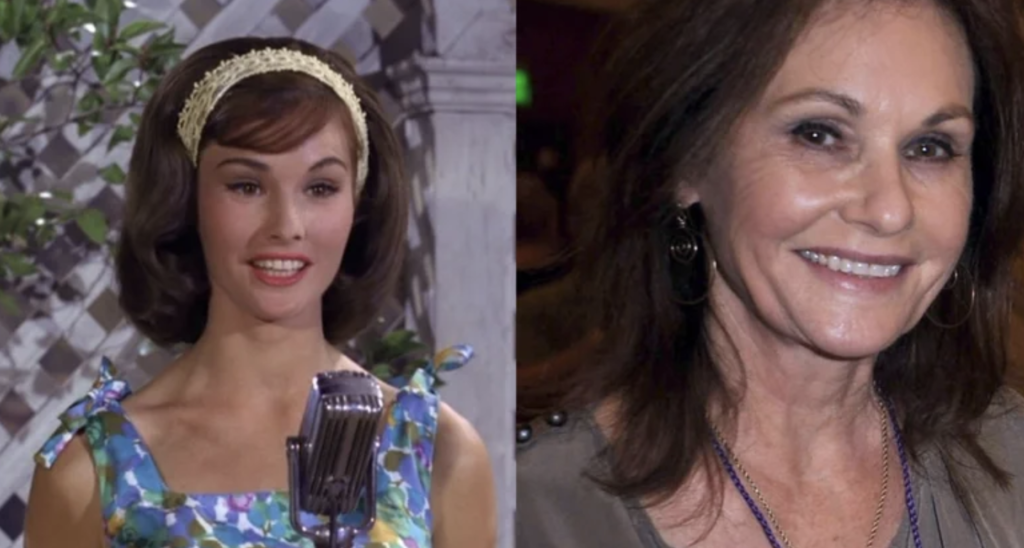
Lori Saunders charmed audiences as Bobbie Jo Bradley on Petticoat Junction, bringing sweetness and smarts to the rural sitcom staple. She carried the role from the mid-1960s into the early 1970s, when the show wrapped and TV’s tastes began to change. While many of her peers jumped into soap operas or struggled to transition, Saunders quietly stepped away. She had built a solid career, but she didn’t chase roles that no longer inspired her.
Instead, Saunders turned her attention to passions outside of acting. She pursued photography, got involved with animal welfare work, and focused on her family. She rarely gave interviews or sought out attention, though fans still recognize her fondly from her television heyday. Her choice to leave acting behind was unburdened by drama—just a graceful exit from an industry she had outgrown. Today, Saunders remains a quiet icon of classic TV, remembered for her work and admired for her peaceful retreat from it.
21. Bo Svenson

Bo Svenson stood tall, literally and figuratively, in a series of action-packed roles during the 1970s. With a commanding presence and a real-life background as a Marine and judo champion, he brought authenticity to tough-guy characters in films like Walking Tall Part II, North Dallas Forty, and the original The Inglorious Bastards. Audiences loved his gritty realism, and he seemed to be on the fast track to permanent leading-man status.
But Svenson had other ideas. He gradually shifted from acting to working behind the camera, launching a production company and mentoring young creatives. He became more selective with roles, favoring independent films and projects that aligned with his personal interests. While he still makes occasional appearances, Svenson is more focused on writing, producing, and teaching. His departure from the mainstream wasn’t a disappearance—it was a redirection, guided by creative autonomy rather than fame.
22. Kristy McNichol
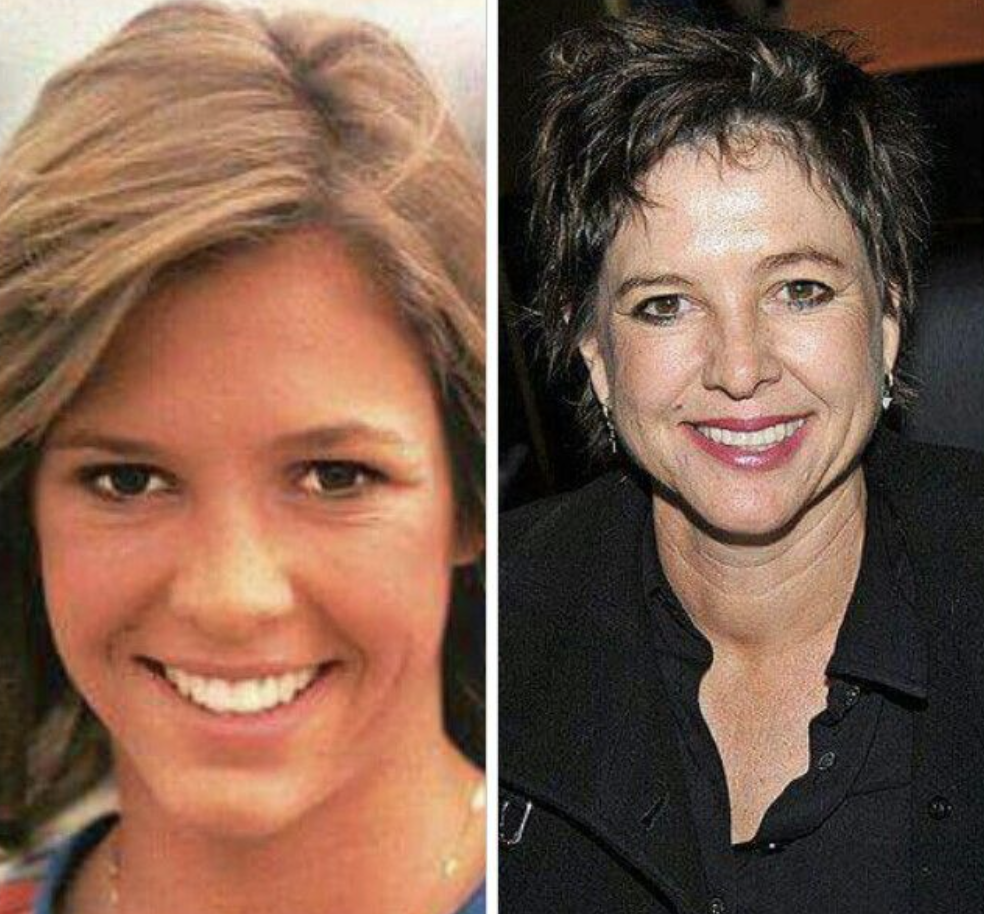
Kristy McNichol was one of the brightest stars of the 1970s, winning Emmy Awards for her role on Family and earning acclaim in films like Little Darlings and Only When I Laugh. With her expressive face and emotional depth, she brought realism to teen roles in a way few others could. She was beloved by audiences and critics alike, seen as a major talent with a long career ahead of her.
But behind the scenes, McNichol was struggling with the pressures of fame and an undiagnosed mental health condition. She was eventually diagnosed with bipolar disorder and stepped away from acting in the early 1990s to focus on her well-being. In later years, she became a teacher and a quiet advocate for mental health awareness, choosing a stable, private life with her longtime partner. Though she occasionally participates in nostalgia pieces or gives brief interviews, McNichol’s decision to leave Hollywood was rooted in self-preservation. Her story is a powerful reminder that stepping back can be the healthiest move of all.
23. Bobby Sherman

In the early 1970s, Bobby Sherman was a full-blown teen idol. With hit songs like “Little Woman,” sold-out tours, and starring roles on shows like Here Come the Brides, he had fans screaming and magazines calling him the next big thing. But even at the height of his popularity, Sherman was beginning to feel the weight of celebrity. He later described fame as overwhelming and unsatisfying, despite the glittering surface.
So, in a move few expected, Sherman walked away. He trained as an EMT, then as a reserve police officer in Los Angeles, eventually teaching CPR and emergency response. His transition from teen heartthrob to public servant was both surprising and inspiring. Sherman found meaning in saving lives, not signing autographs. Though he occasionally performs at reunion concerts or fan events, his true legacy might be the life he built after music—a life of service, humility, and quiet heroism.
24. Tina Louise
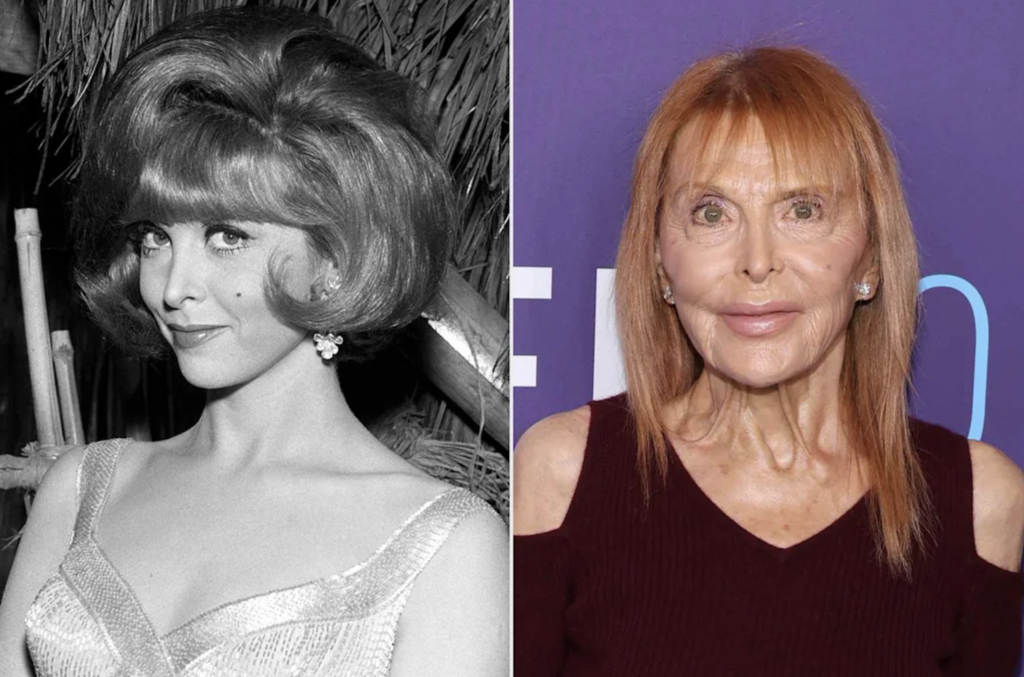
Tina Louise rose to fame in the 1960s as the glamorous Ginger Grant on Gilligan’s Island, but her image remained iconic well into the 1970s thanks to constant reruns and continued public fascination. With her striking red hair and movie star allure, she was both comedic and commanding, stealing scenes in a cast full of strong personalities. But Tina Louise always had a complicated relationship with the role that made her famous.
She felt Ginger boxed her in, preventing her from taking on the serious roles she had trained for in New York theater. After the show ended, she distanced herself from the Gilligan’s Island franchise, declining most reunion projects. Instead, she turned her focus to writing, children’s literacy, and health advocacy. Though she accepted a few acting roles here and there, she made it clear that her days of full-time Hollywood hustle were behind her. Louise’s departure wasn’t bitter—it was determined. She had more to offer the world than one unforgettable role.
25. Joyce DeWitt
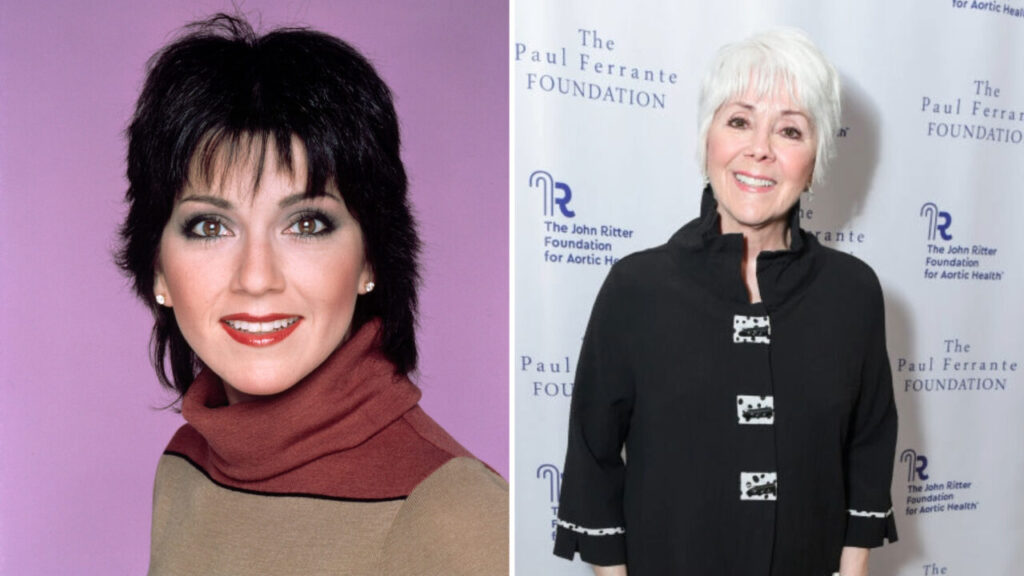
As the level-headed Janet Wood on Three’s Company, Joyce DeWitt held her own in a trio defined by chaos and comedy. Her chemistry with John Ritter and Suzanne Somers helped make the show one of the most watched sitcoms of the late 1970s and early 1980s. But when the series wrapped in 1984, DeWitt made a choice that few in her position make—she vanished from public view almost entirely.
DeWitt spent the next several years traveling, studying spirituality, and reflecting on her time in the spotlight. Unlike many of her co-stars, she didn’t seek out press or pursue a string of follow-up roles. Though she returned to stage work and made a few guest appearances later in life, she never chased fame again. Her decision to step back was personal, quiet, and enduring. In an industry that thrives on reinvention and visibility, Joyce DeWitt’s graceful retreat feels refreshingly self-directed—and deeply admirable.
They Chose Peace Over the Spotlight

Not every star fades. Some simply choose to walk away. The celebrities on this list didn’t vanish in scandal or burn out in the tabloids. They stepped out of the spotlight with purpose: some to raise families, others to protect their mental health, and a few to reinvent themselves far from the cameras. In an industry that rewards staying visible at all costs, their quiet exits feel almost rebellious.
Whether they traded scripts for ranch life or swapped stadiums for small-town careers, these stars remind us that success doesn’t always mean staying center stage. Sometimes, the real triumph is knowing when to leave the lights behind and find joy in a life less public. And for fans who still remember their brightest moments, their legacy lives on, just without the noise.


